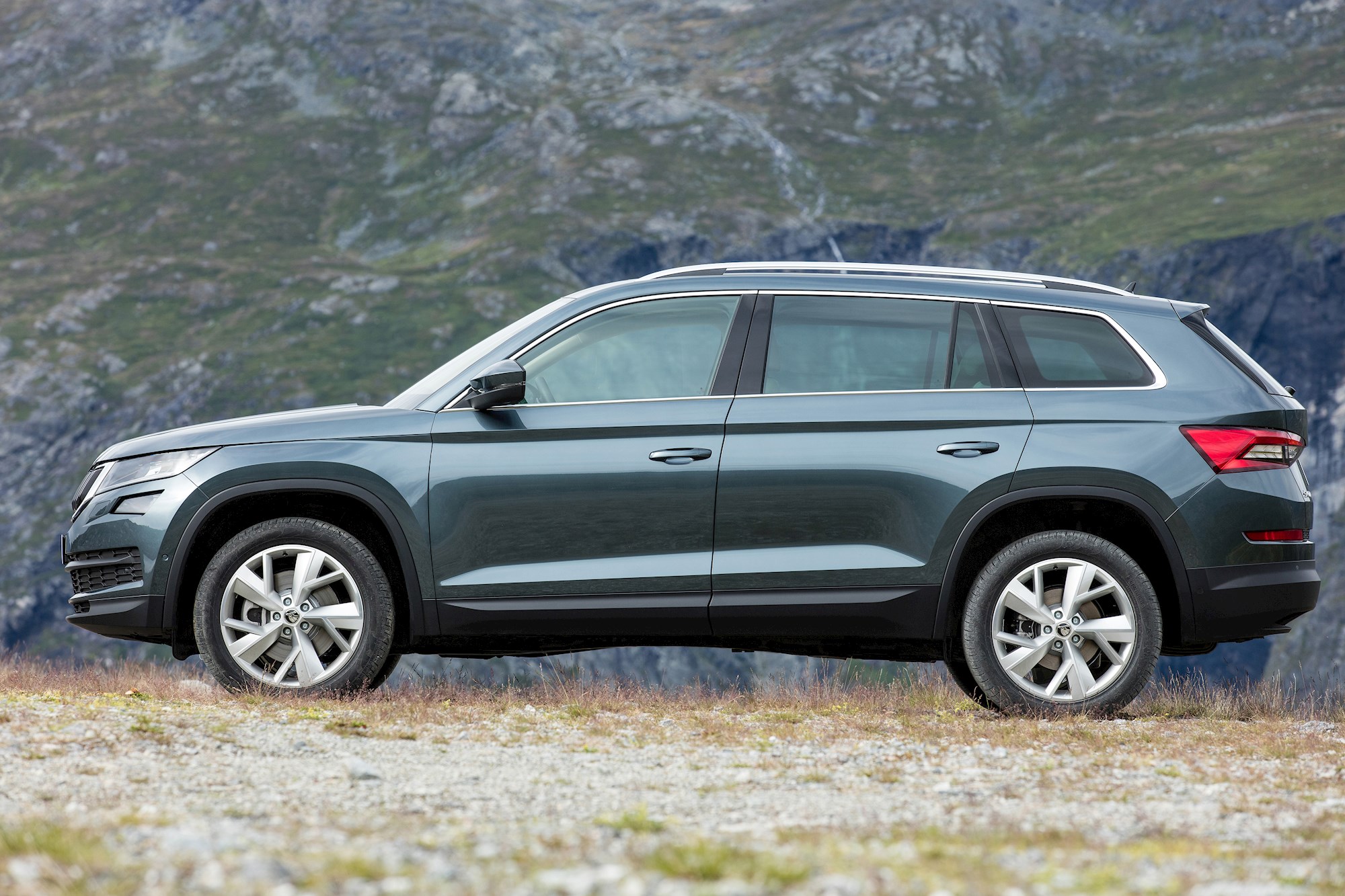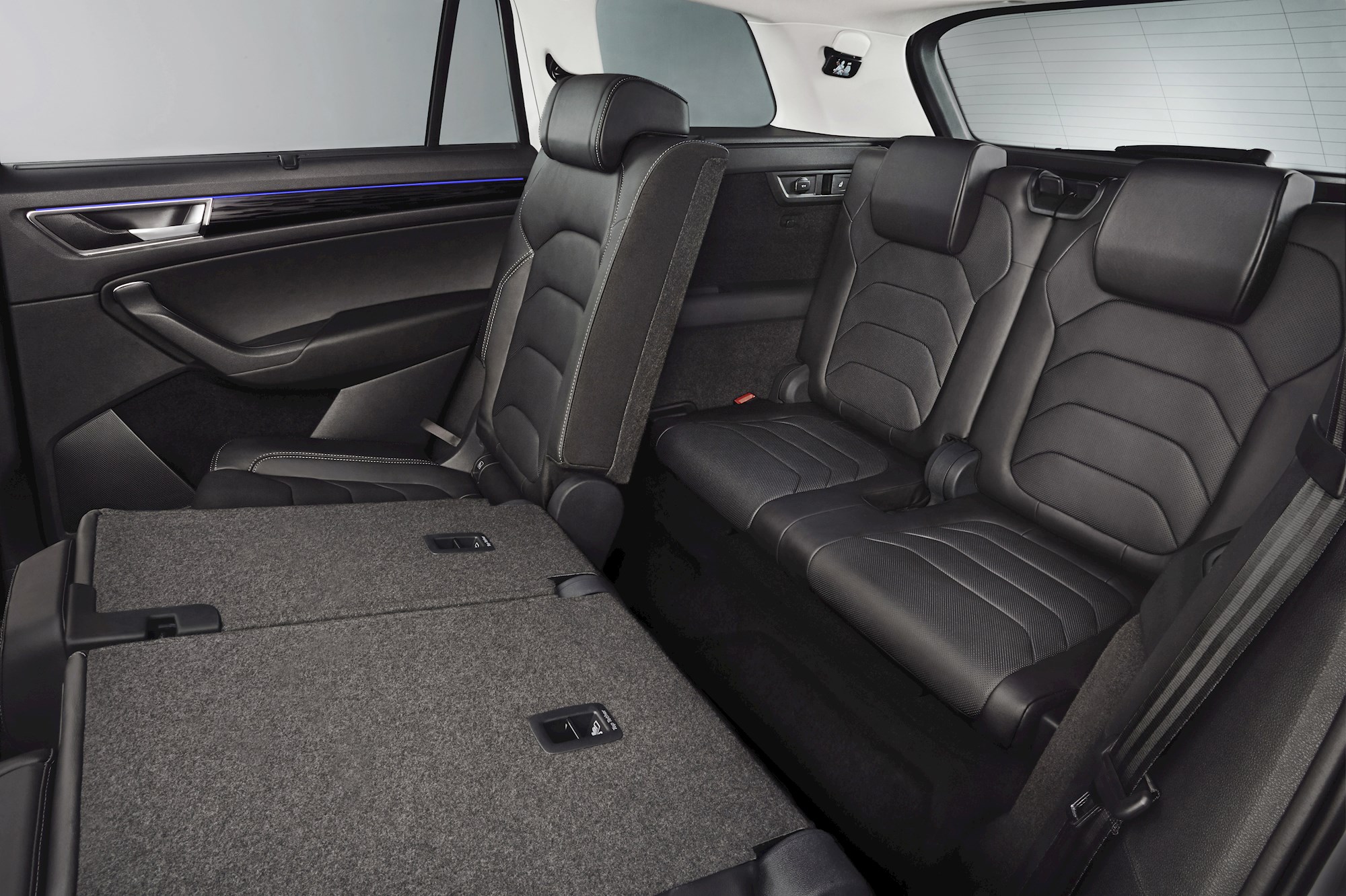I used to like Ohio-based fuzz blues two-piece The Black Keys. Their first two albums (The Big Come Up and Thickfreakness, since you asked) were exceptional slices of stomping, dirty, Midwest alt.blues. Even Rubber Factory, the duo’s third LP, had its moments.
Why am I bothering telling you this? Mainly because I don’t like The Black Keys any more.
Without wishing to sound like an utter music snob (oh, okay, it’s basically unavoidable), I lost interest in Messrs. Auerbach and Carney the moment they — and there’s no less churlish way of saying this — achieved all their dreams and became famous.
I didn’t want them to become a sort of quasi-glam band that appealed to millions, but the duo went ahead and did it anyway. Now they probably own matching jet skis.
The reason I bring this up is, I’m worried the same will happen with Skoda. With the arrival of its first SUV, I suspect Skoda as a brand is about to become ... ugh, mainstream.
I’ve smugly liked Skoda for a long time. “Longer than you!” I’d shout at anyone who dared suggest its models had been on their radar for a few months, too. Whatever, mate. I liked Skoda way back in the early 2000s, when it relaunched in New Zealand and the carmaker had to roll its eyes at all the inevitable baby boomer-launched jokes about its 1960s-70s-era Iron Curtain-hobbled reliability.
Truth was, even by 2003 the company had already been operating under Volkswagen management for several years and was way ahead of the public perception that dogged it.
The first boxy, slightly-too-high-riding Octavia RS we saw here will forever be etched in my mind as a fantastic car, after I was flung around a crumbling Pukekohe circuit in one by racer Owen Evans.
As a result, it’s the used sleeper performance car I’ve talked about endlessly for 10 years, but probably will never buy.
Of course, there have been plenty of opportunities for Johnny-Come-Lately types to jump on the Skoda bandwagon in the intervening decade. The carmaker’s efforts have gone from good to great, and then even better than that.
The current (about to be updated) Octavia remains a fantastically packaged family-sized car, available in a chocolate-box assortment of utilitarian, sports and off-road fettled iterations, and all with price stickers on the right side of $50,000 or thereabouts.
The Superb underlines its nameplate with eyebrow-raising amounts of space and a premium interior that hardly has you pining for an Audi A6.

The funky, diminutive Yeti is about to be replaced by the all-new Karoq, which will fill the same crossover-ish position in Skoda’s line-up. As long as the newcomer remains a sort of posh, High St version of a Suzuki Jimny, then I don’t see any issues arising.
And yes; RIP the Fabia RS. But the remaining Fabias (hatch and wagon) are still worthy contenders in the small-car subset.
But put all this aside. Because now we have the Kodiaq; Skoda’s first SUV. And it comes out fighting with a deep feature set of good stuff and plenty of mainly four-wheel drive model choices. It’s a bit like a gatefold double album with collectable pull-out mini magazine and extra secret downloadable tracks.
More is definitely more here. Skoda is launching the Kodiaq with seven seats as standard, making this Touareg-sized SUV a practical performer from the off. Oddly enough, five-seater versions can be had, but only in higher Ambition+ and Style grades.
Skoda says the Kodiaq also boasts more boot space than several competitors, including the Hyundai Sante Fe and Mazda CX-5. The Czech brand has long been a purveyor of clever luggage spaces and the Kodiaq receives its fair share of shopping hooks, a stow-able tonneau cover, removable LED torch and preparation for Skoda’s optional luggage rack system.
Featuring crisply conservative exterior styling, Kiwi market Kodiaqs are available in three trim levels, with a choice of two petrol turbo engines and a single turbo diesel.
Even the entry-level model (the $39,990 Ambition) arrives with an electric tailgate, parking sensors everywhere paired with a reversing camera, emergency braking (including a pedestrian monitoring system) and LED lights. The most obvious box left unticked with this one is the 4x4 drivetrain, but that won’t appeal to everyone (although it does give you a full 2000kg braked towing capacity).
Every other Kodiaq offers the assuredness of all-paw drive, along with a mix of either a 140kW/400Nm turbo diesel, or a choice of two Volkswagen Group turbo petrols; the 100kW/250Nm 1.4-litre TSI, or the 132kW/320Nm 2.0-litre TSI, both of which have seen plenty of service elsewhere in the extended Volks-iverse.
A lot of the usual comfort and convenience spec is on offer, all accessed through grade-specific infotainment system touchscreens. Opt for a top-of-the-tree Kodiaq Style ($54,290 for the TSI or $58,290 for the TDI) and you’ll get a nine-speaker system with subwoofer.

Satellite navigation is offered on Ambition+ and Style grades, but thanks to Apple Carplay and Android Auto being available across the range, the entry-level Ambition lets you BYO your Google or Apple Maps, anyway.
But it’s the other little — yet rather clever — features which are the chart-topping hits here. The Style grade has a multi-colour ambient lighting system, and door edge protectors that slide out automatically whenever you open the door to mitigate shopping mall car park scrapes. The special grips in the bottom of the centre console cup holders allow you to twist the cap off a bottle with one hand, the umbrella embedded in the door (just like a Rolls-Royce, sir!).
This feels like an all-things-to-all-people sort of SUV, although it will clearly appeal mainly to families. And, although I’ve always figured an Octavia wagon would be the ideal suburban-minded Skoda, the Kodiaq has changed my mind. But then, I sort of knew it would as soon as it was announced.
Skoda probably fields my favourite all-rounder range selection available to Kiwi buyers right now.
The Kodiaq simply adds another to the number of their models that show up the competition – from within and without the manufacturer’s immediate family too, I might add.
Despite enjoying leftfield gems before they find mass-market favour with the big hits, this is one occasion where you won’t hear a pained cry of “Play some old stuff!” from this particular corner. Mainstream definitely suits Skoda.
Skoda Kodiaq
Engines: 1395cc turbo petrol TSI (110kW/250Nm), 1984cc turbo petrol TSI (132kW/320Nm), 1968cc turbo diesel TDI (140kW/400Nm)
Prices: $39,990 (Kodiaq TSI Ambition 2WD), $44,990 (Kodiaq TSI Ambition+ 4x4), $54,290 (Kodiaq TSI Style 4x4), $58,290 (Kodiaq TDI Style 4x4)
Pros: Acres of space, family-friendly functionality, point-of-difference among Euro SUVs
Cons: Is it too early for an RS-badged Kodiaq? No, it isn’t









